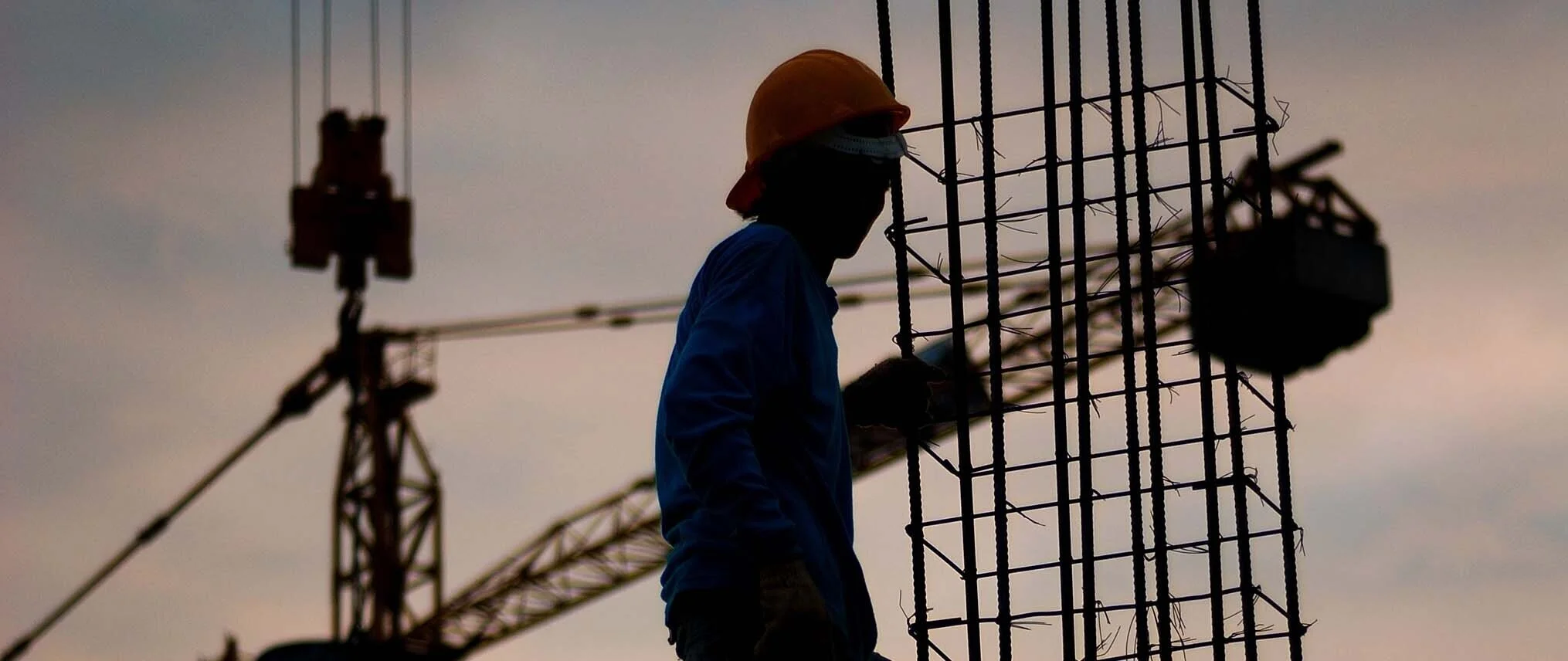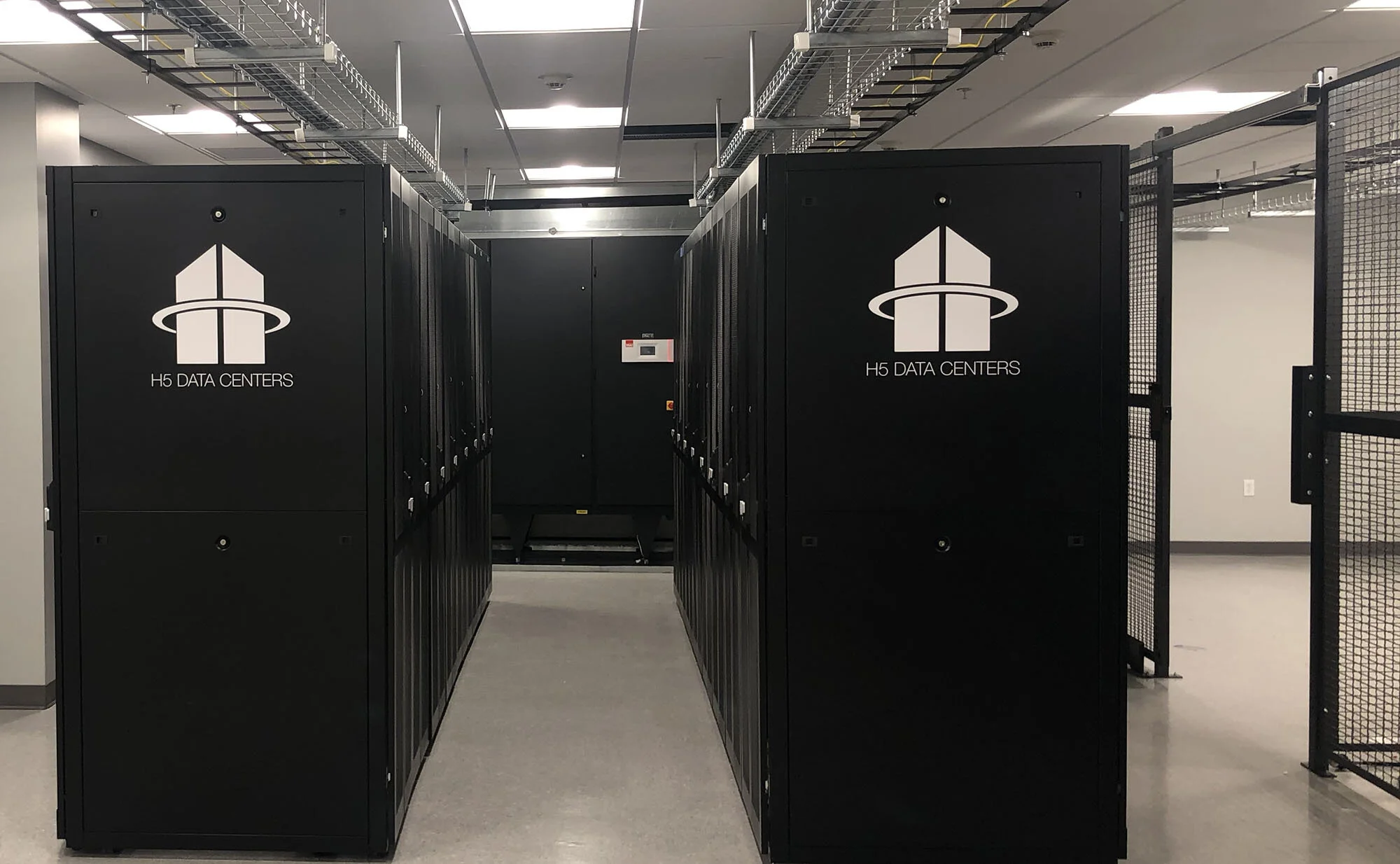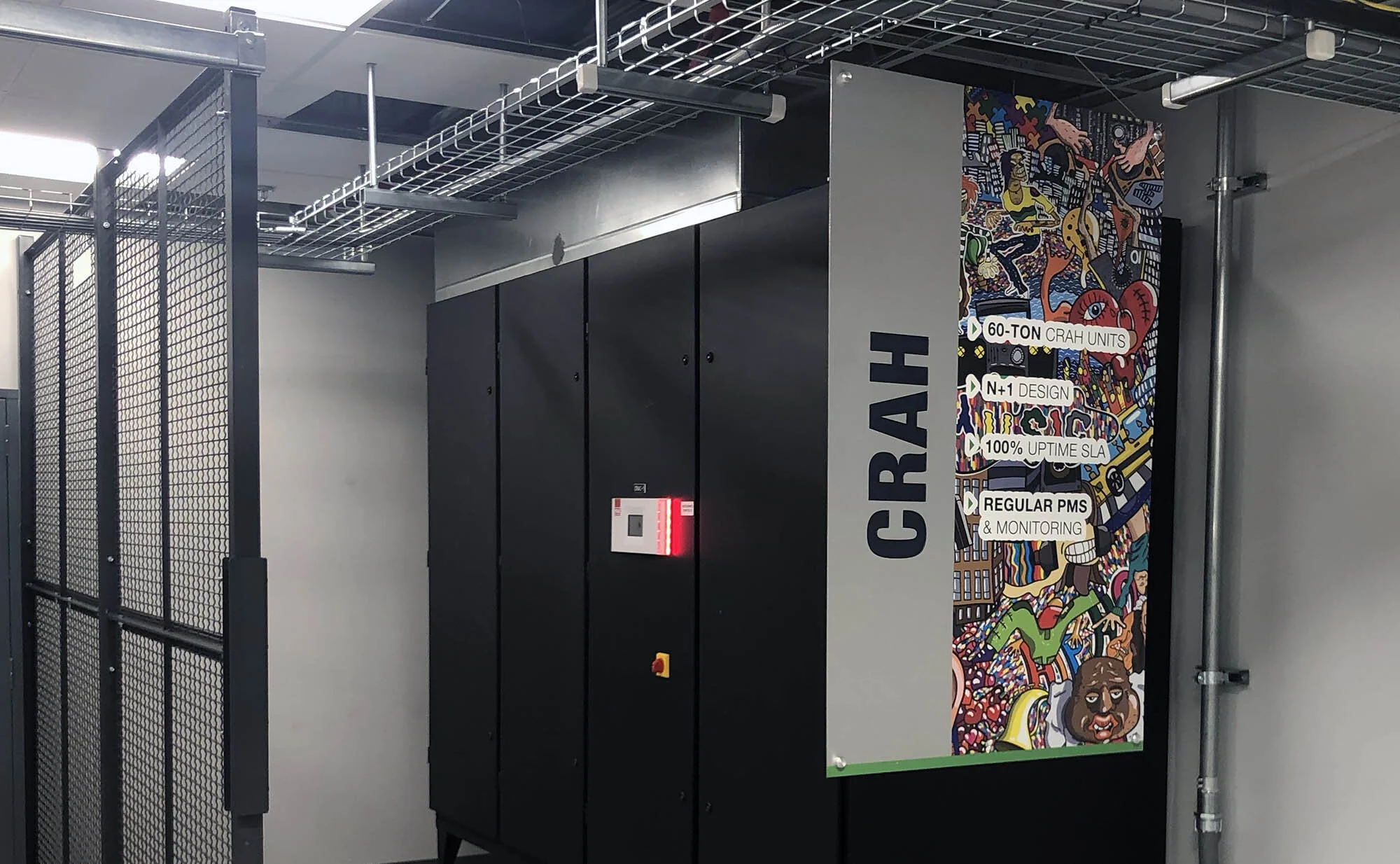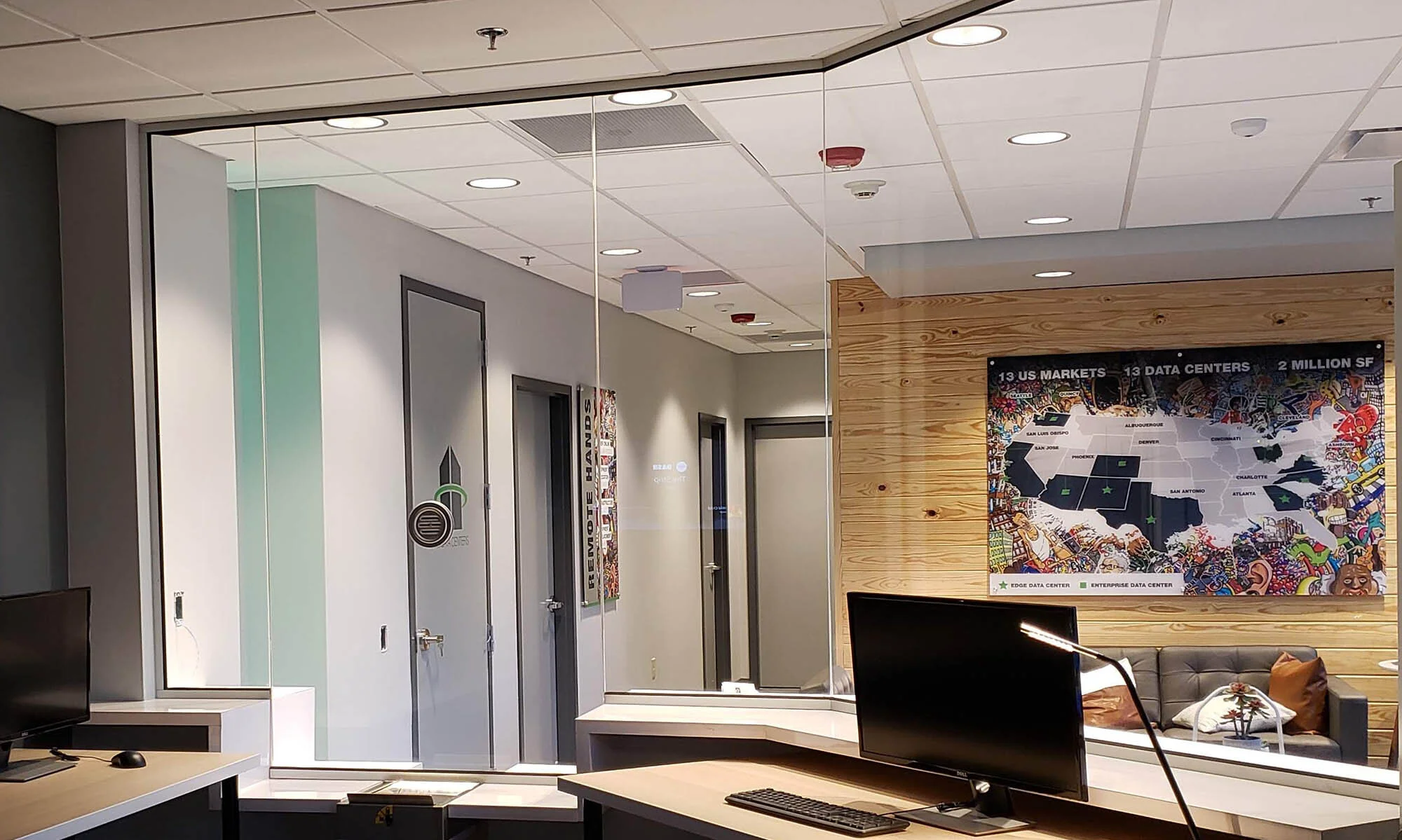
This outdated data center practice is costing you big money and here’s how to avoid it.
Why does the data center industry continue to use the cost per MW model to guide design and construction decisions? There is a better method.
The use of cost per MW as the key metric early in the data center design process is prevalent in the industry. It’s often used when determining design decisions and their relation to the cost to build.
However, the metric leads to a host of inconsistencies and lost opportunity to optimize the design, taking away from the use of another metric that often is most optimal for early decision making.
As the data center industry continues to mature, the intense focus on cost per MW modeling during design is switching to a process focused on using total cost of ownership (TCO) to drive evaluation and optimize design decisions. TCO is important for evaluating costs that aren't always reflected in upfront pricing.
Contrariwise, the cost per MW model is fixated on first cost only and does not account for a true data center development strategy. And since there is so much variability in data center design and construction, the idea of using a cost per MW model across a portfolio of data centers in multiple markets is a risky measure. This may lead to decisions that do not necessarily meet the strategy of the business. A strategy that should be focused on factors that drive TCO.
Worse yet, operators in regions where the demand is largest, such as Northern Virginia or the Silicon Valley have the most to lose when cost models are not accurate. Don’t be surprised if you are one of them.
Why operators in regions where the demand is largest have the most to lose when cost models are not accurate.
To prove this point, we’ve laid out the negative effects that outweigh the benefits of using the cost per MW model as an appropriate strategy. Plus, what we at Constructiv believe are better metrics for assessing data center construction costs.
Compare and contrast the local energy costs and availability of renewables in three major regions: Northern Virginia, Phoenix and Northern California. According to JLL’s Data Center Outlook for 2019, Northern Virginia’s average cost per kWH is around 5.2 cents, Phoenix at 6.4 cents and Northern California at 13.4 cents. With this in mind, the optimal design decisions are only made by using a TCO module. The TCO will evaluate the first cost of energy efficient mechanical systems, for example, as well as the cost of energy over the lifetime of the data center.
Furthermore, PUE is another metric in the industry used to guide design decisions. Using PUE to guide the design will dramatically change the first cost of that build. There are many variables that go into identifying the PUE of a data center facility, generally speaking though, the closer the PUE is to 1.0, the higher the upfront cost to construct.
As has been discussed heavily in the data center industry, Google has been providing data on their trailing twelve-month PUE since 2008 on the entire Google fleet. Throughout this span, Google has been able to reduce their overall PUE from 1.26 to 1.1. Google accomplished this through a variety of design elements that would drive up the cost/MW of the installation. Their decisions are likely driven by a combination of TCO modeling as well as a desire to lead the industry in energy efficiency.
Using a pure cost/MW model doesn’t allow for an intelligent evaluation or an optimal decision for the business. Contrary to the Google model, and for the bulk of data center developers, simply driving PUE down for the sake of marketing a low PUE doesn’t always drive to an optional cost decision during design. This is specifically true in very low cost of energy locations, where the payback on the higher first cost of low energy systems may be 10+ years or more. Thusly, Constructiv believes TCO modeling is the optimal way to truly make an intelligent cost-based decision.
One other consideration is the need to accommodate future change. Considering the future cost scale of the infrastructure to meet a clients’ changing needs and the flexibility of that architecture can impact the cost per MW to build. Highly flexible mechanical, electrical and plumbing systems come at a higher upfront construction cost but are essential in attracting many different customer types (hyperscale, wholesale, retail, managed service providers).
Examples of flexible and scalable architecture include: modular power and cooling systems; prefabricated mechanical and electrical infrastructure that may be added to an active design without affecting current production; rack level cooling and row containment; and grooved mechanical piping technology. These technologies along with others are affording builders and operators alike the option to scale as the business does versus overbuilding on day one.
Using a TCO model with consideration of the necessity for future change will optimize the decision-making process during design and prohibit a myopic view of first cost/MW only.
Shaping your data center cost strategy.
Beyond the cost per kW/MW model there are a number of factors to consider. These factors are all vital inputs that dramatically effect TCO.
The type of construction performed (greenfield vs. brownfield).
Marketability of the property.
Taking advantage of environmental conditions.
True scalability for future expansions.
Flexibility to cost effectively implement future changes.
The implementation of energy efficient measures.
In essence, the business strategy should always drive design and TCO, which should then drive the cost molding to support decision making.
Constructiv, as one of the nation’s principal data center sector construction and construction management firms, undertakes the accurate estimating of data center costs by considering a host of factors. Coupled with lessons learned from over 2o years in the industry.
Constructiv Builders (Constructiv) is an organization focused on mission critical, 5G and edge data center deployments. Constructiv, by viewing these installments from a constructor’s perspective, offers client’s flexibility and vast industry experience, giving them a competitive advantage in the design and build of complex technical projects.
What lies ahead for construction organizations building 5G networks and edge data centers solutions.
WE’D LIKE TO HEAR FROM YOU.
Our data center team is ready to be your build partner.





